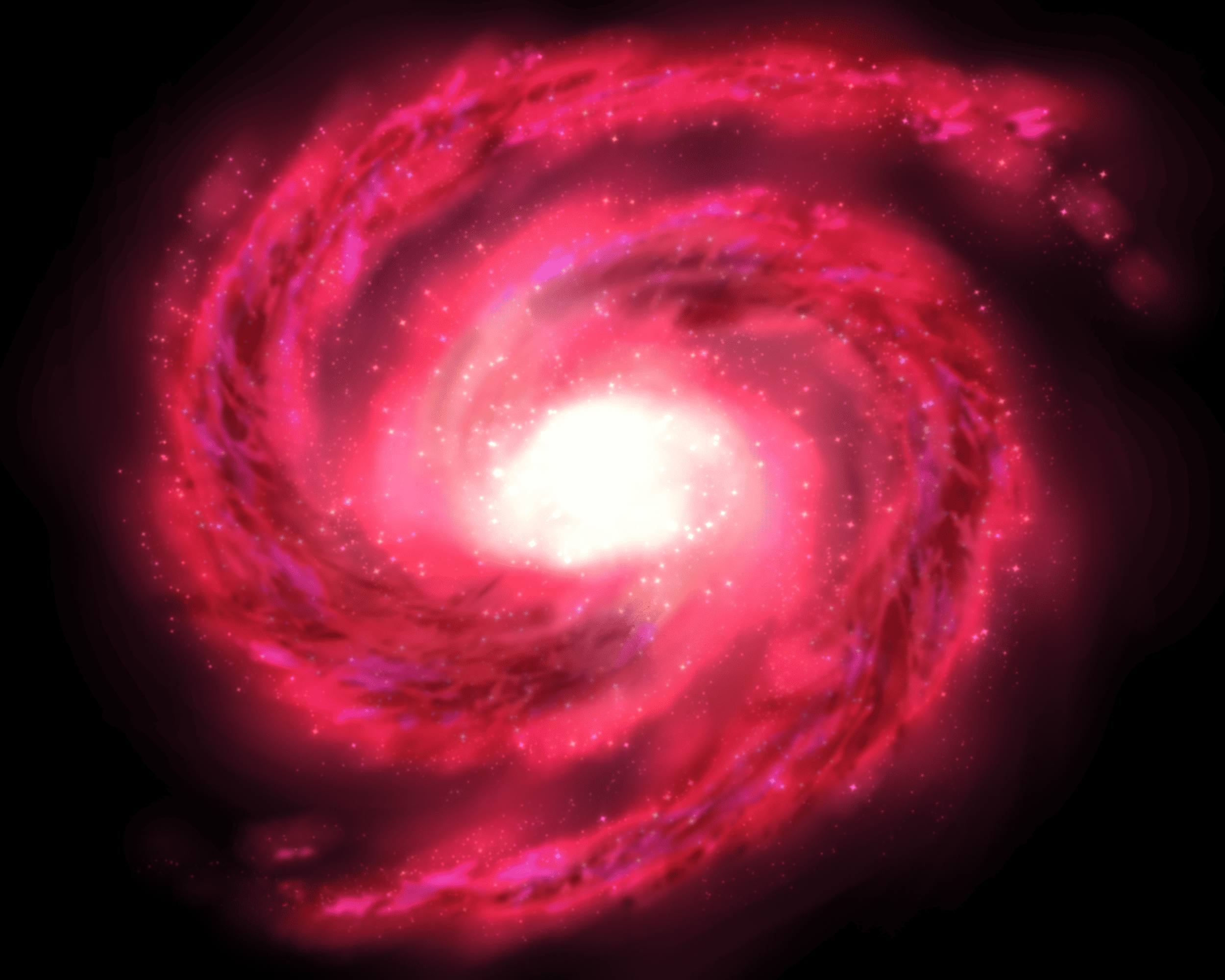Barred spiral galaxies have a distinguishing bar-shaped structure at their center, while unbarred spiral galaxies lack this feature. The presence or absence of a central bar impacts the overall shape and dynamics of the galaxy.
Spiral galaxies are fascinating cosmic structures that captivate astronomers and space enthusiasts alike. They are characterized by their beautiful spiral arms, where stars, gas, and dust are concentrated. Understanding the difference between barred and unbarred spiral galaxies is crucial in unraveling the mysteries of our universe.
Let’s delve into the distinct features of these galaxies and explore the significance of their structural variations in the vast expanse of outer space.

Credit: www.universetoday.com
Formation And Structure
Formation and Structure: Understanding the formation and structure of barred and unbarred spiral galaxies is essential in unraveling the mysteries of the universe.
Constructing The Galaxies:
Barred Spiral Galaxies: Have a central bar-shaped structure that plays a crucial role in directing the movements of stars and gas within the galaxy.
Unbarred Spiral Galaxies: Lack a central bar and exhibit symmetrical spiral arms extending outward from the nucleus.
Unraveling The Spiral Patterns:
Barred Spiral Galaxies: Show distinct arms extending from the ends of the central bar, creating a more elongated appearance.
Unbarred Spiral Galaxies: Display smooth and symmetrical spiral arms rotating around the central bulge, forming a classic spiral pattern.
Credit: opensea.io
Barred Galaxies
Barred galaxies are characterized by a distinct bar-shaped structure cutting through their center.
Defining Characteristics
Elongated Shape: Bars extending from the nucleus make barred galaxies appear elongated.
Central Concentration: They have a dense region at the center where the bar connects to the spiral arms.
Distinct Alignment: The bar aligns perpendicular to the arms forming a clear structure.
Impact On Galactic Evolution
Star Formation: Barred galaxies exhibit enhanced star formation rates due to the gravitational effects of the bar.
Gas Dynamics: The bar influences gas flow within the galaxy, affecting its evolution over time.
Unbarred Galaxies
Unbarred galaxies, also known as “normal” galaxies, are characterized by the lack of a central bar-shaped structure. Instead, these galaxies have a more symmetrical appearance, with their spiral arms originating directly from the galactic nucleus. Unbarred galaxies represent a significant portion of the known galaxy population and play a crucial role in the understanding of galactic structures and evolution.
Distinctive Features
Unbarred galaxies exhibit distinctive features that set them apart from their barred counterparts. The absence of a central bar results in a symmetric appearance with spiral arms that branch directly from the nucleus. This gives unbarred galaxies a more open and graceful spiral pattern, with smoother transitions between the arms and the central bulge. The absence of a bar also affects the dynamics of the galaxy, influencing the movement and distribution of stars and gas within the galactic disk.
Evolutionary Trajectory
The evolutionary trajectory of unbarred galaxies is a topic of significant interest in galactic research. As unbarred galaxies lack the structural influence of a central bar, their evolution is believed to follow a distinct path compared to barred galaxies. The dynamics of star formation, gas distribution, and the interactions between the central bulge and the spiral arms are areas of active study to understand how unbarred galaxies evolve over cosmic timescales.

Credit: opensea.io
The Galactic Collision Course
Welcome to the fascinating world of barred and unbarred spiral galaxies! In this post, we will explore the intriguing phenomenon known as the galactic collision course. This cosmic dance between galaxies is a spectacle that has captivated astronomers for decades. Through this collision, we gain insights into the interactions and disturbances encountered by these celestial bodies, and the consequences for star formation.
Interactions And Disturbances
When two galaxies come into close proximity, their gravitational forces start to influence each other. This interaction creates disturbances within both galaxies, resulting in significant changes to their structures and dynamics.
The first noticeable effect is the deformation of the galactic disks. As the galaxies approach each other, the gravitational tug-of-war between them causes their gas, dust, and stars to distort, creating ripples and tidal tails. These tidal features can extend for thousands of light-years, leaving a striking trace of their dynamic encounter.
Furthermore, the strong gravitational forces can trigger a process called galactic cannibalism. When one galaxy is significantly larger than the other, it can pull in material from its companion, merging the two galaxies into a single, larger entity. This process not only alters the appearance of the galaxies but also plays a crucial role in shaping their future paths.
Consequences For Star Formation
A galactic collision course has profound implications for star formation within both interacting galaxies. The disturbances created during the interaction can cause gas and dust clouds to collapse, triggering an intense burst of star formation. These collisions can spark the birth of massive, luminous star clusters, which illuminate the galactic landscape with their brilliant glow.
On the other hand, the merger of two galaxies can also disrupt the stability of existing stellar systems. The gravitational interactions can fling stars out of their original orbits, altering the structure and distribution of stars within the merged galaxy. This reshuffling of stars may lead to changes in the overall star formation rate and can even induce the formation of new types of stars, such as blue stragglers.
In some cases, the collision may even result in the formation of an entirely new galaxy. The merger and subsequent merging of multiple galaxies can give rise to peculiar and irregular structures that defy traditional classification. These galactic mergers and the resulting morphologies often exhibit unique star formation patterns, enriching our understanding of the intricate processes at work in the universe.
In conclusion, the galactic collision course offers a glimpse into the dynamic, ever-changing nature of our cosmos. The interactions and disturbances experienced during these cosmic encounters have significant implications for star formation, shaping the future evolution and appearance of galaxies. Exploring these collision events allows us to piece together a greater understanding of the mesmerizing dance of celestial bodies in our vast universe.
The Cosmic Puzzle
In our vast and awe-inspiring universe, there are countless mysteries waiting to be unraveled. Among them is the cosmic puzzle of barred versus unbarred spiral galaxies. These celestial wonders, with their mesmerizing beauty and intriguing structures, have captured the interest and curiosity of scientists and stargazers alike.
Understanding Dark Matter’s Influence
Dark matter, as its name suggests, remains shrouded in mystery. However, its presence is critical in understanding the formation and evolution of galaxies, including the distinction between barred and unbarred spirals. Scientists believe that dark matter plays a significant role in shaping the gravitational forces within these galaxies, influencing their appearance and behavior.
Cosmic Significance Of Galaxy Types
Each galaxy type holds its own cosmic significance, shedding light on the vastness and diversity of our universe. Barred spiral galaxies, with their elongated central bars extending from their cores, exhibit a specific pattern of star formation that sets them apart from their unbarred counterparts.
Unbarred spiral galaxies, on the other hand, feature a more traditional spiral structure, showcasing their majestic arms that coil outward. The absence of a central bar allows for a different distribution of stars and matter, creating distinctive characteristics within these galaxies.
Studying the differences between barred and unbarred spiral galaxies offers valuable insights into the intricate processes involved in galaxy formation. By analyzing their structure, composition, and behavior, scientists can better comprehend the dynamics and evolution of these cosmic marvels, bringing us closer to unraveling the mysteries that lie within our universe.
Observational Techniques
Explore the distinct features of barred and unbarred spiral galaxies through observational techniques. Barred galaxies showcase a prominent bar structure, while unbarred galaxies lack this defining characteristic. Observing these galaxies helps scientists better understand their formation and evolution.
Observational Techniques When it comes to studying barred and unbarred spiral galaxies, observational techniques play a crucial role in enabling scientists to understand the intricate dynamics of these celestial formations. Utilizing telescopes and technology, as well as measuring galactic dynamics, provides valuable insights into the distinctive characteristics of these galaxies. “`htmlUtilizing Telescopes And Technology
“` Utilizing Telescopes and Technology Astronomers extensively employ telescopes equipped with advanced imaging technologies to capture high-resolution images of barred and unbarred spiral galaxies. The use of specialized telescopes, such as the Hubble Space Telescope, enables researchers to gain detailed visual representations of these galactic structures. Additionally, the advancements in radio telescopes and infrared technology offer unique perspectives on the distribution of stellar populations and interstellar matter within these galaxies. “`htmlMeasuring Galactic Dynamics
“` Measuring Galactic Dynamics When observing barred and unbarred spiral galaxies, scientists employ various techniques to measure their rotational velocities, mass distributions, and spatial morphology. Through the use of spectroscopic observations and Hubble’s Law, astronomers can deduce the velocity and distance of these galaxies. Furthermore, the precise measurement of galactic rotation curves aids in understanding the distribution of mass within these cosmic structures. In conclusion, leveraging advanced telescopes and innovative measurement techniques enhances our understanding of the distinct features of barred and unbarred spiral galaxies. Analyzing the data obtained from these observational methods contributes significantly to unraveling the mysteries of the universe.Frequently Asked Questions For Barred Vs Unbarred Spiral Galaxies
What Are Barred Spiral Galaxies And How Are They Different From Unbarred Spiral Galaxies?
Barred spiral galaxies have a distinct bar-like structure in the center, while unbarred spiral galaxies do not. The bar formation affects the way galaxies form new stars and influences their overall structure and dynamics.
How Do Barred Spiral Galaxies Form?
Barred spiral galaxies form when a galaxy’s gravitational forces cause its central disk to become elongated, creating a bar-like structure. This process can be influenced by nearby galaxies, interactions, and tidal forces.
What Are The Characteristics Of Unbarred Spiral Galaxies?
Unbarred spiral galaxies have a central bulge surrounded by a disk, spiral arms, and a distinct halo. They exhibit a more symmetrical structure compared to barred spiral galaxies and are often observed to have arms extending from the center.
Do Barred And Unbarred Spiral Galaxies Differ In Terms Of Star Formation?
Yes, barred spiral galaxies tend to have more active star formation in their bars compared to unbarred spiral galaxies. The presence of the bar structure can stimulate the formation of new stars by funneling gas and dust towards the center of the galaxy.
Conclusion
Understanding the differences between barred and unbarred spiral galaxies can enhance our comprehension of the vast universe. The distinctive features and characteristics of each type offer valuable insight into the formation and evolution of galaxies. Exploring these fascinating celestial objects heightens our appreciation for the beauty and complexity of the cosmos.



